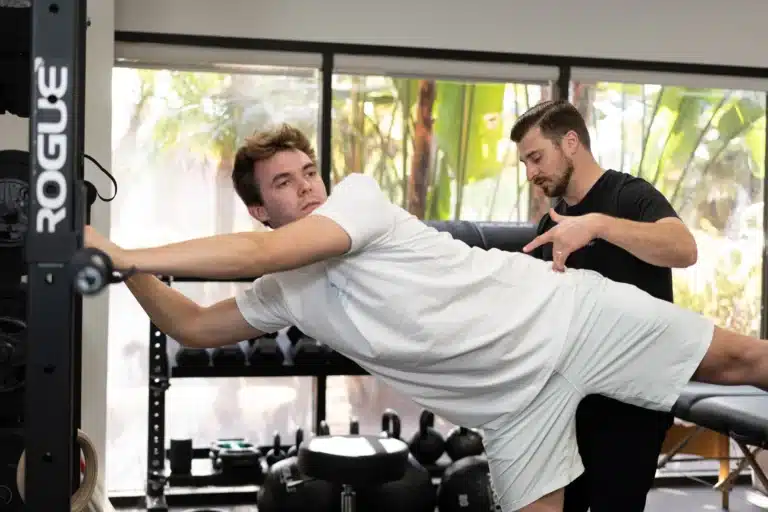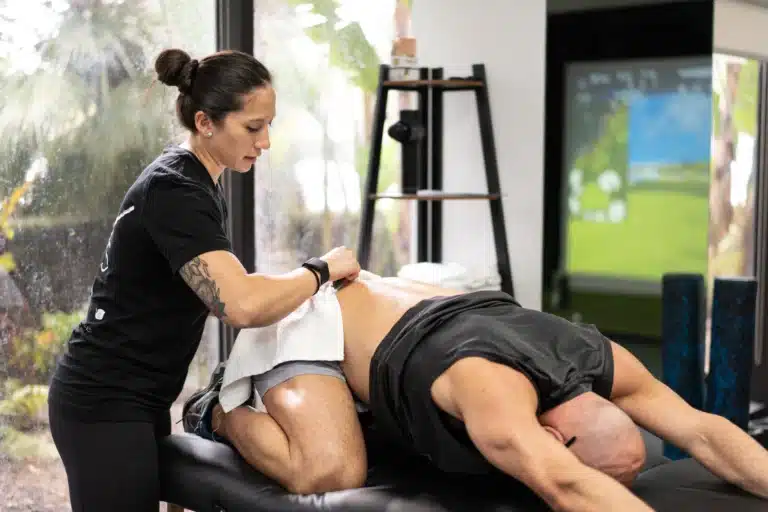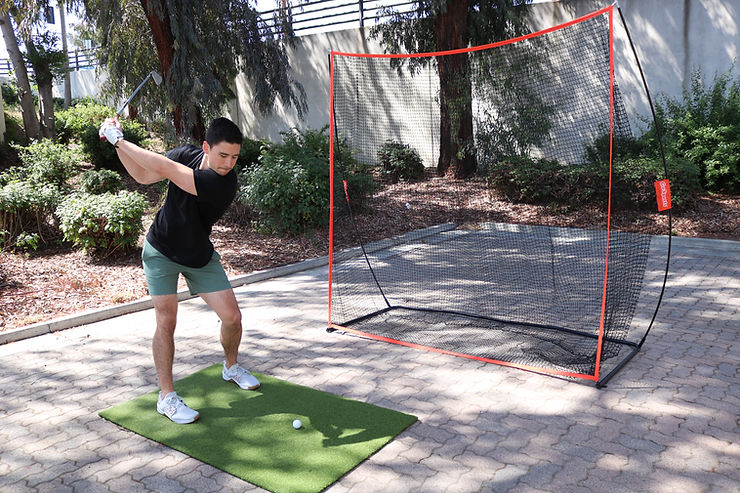Hey everybody,
Firstly, welcome to my new page, The Movement Schopp. Here, I will post about current topics to inform people know your body common aches and pains and what may be causing them. The point of this page is to empower people to educate themselves on their body and how it works. This will be written in general, entertaining styles for public knowledge of how these subjects can benefit you as either an interested reader or a patient.
Today, I just wanted to send out a little public service announcement since I’ve been seeing ads from some rehab professionals stating “your back is out of alignment” or your pelvis is out of place, and you need to get adjusted. The human body is a strong, resilient organism that is capable of adapting to extraordinary circumstances, so unless you have been in a traumatic accident involving your spine or you have severe scoliosis, chances are, your spine is not out of alignment.
Here’s a little example of what I’m talking about. Take a normal finger and ask yourself, is it out of alignment? It most likely isn’t, but you can still crack your knuckle to get the popping sound and it is still in the same place. That popping noise is just air (nitrogen gas) being released in the joint space and I’ll be able to re “adjust” my finger with the same popping sound about 20-40 minutes later. There is, however, a therapeutic/psychological effect with not only feeling and hearing that pop, but in no way is that realigning my finger. Furthermore, if you repeat this process over and over it can create a laxity in your joint, which can make it unstable leading to a risk of arthritis in the future, but that can be saved for a future post.
Now, the same thing goes for your spine when someone “adjusts” it. One of the main differences is the existence of your vertebral discs between your vertebrae (the individual bones that make up your spine). When you hear someone say they have a bulging disc, herniated disc, degenerative disc disease, etc., this is the structure they are talking about. These discs are made up of two layers similar to a jelly donut. The outer layer (anulus fibrosus) is made up of fibers that run in an X direction to resist compressive forces and are layered like the rings of a tree. As these discs resist compressive forces, they are weakest with tensile (pulling) and rotational forces (ie. twisting and cracking your own back). A pulling and rotational force is the same force used when someone goes to adjust your back with high intensities. With the intense motion of the adjustment, it can put a great deal of stress through the discs and the ligaments that hold your spine together.
Along with the negative effects a high grade, non-specific manipulation can have on your spine and the structures that support it, there are also many positive aspects to a manipulation as well. In the case of a hypomobile segment (or a section of your spine that does not move as freely as the others), a specific manipulation is an excellent aspect of a treatment plan to get it moving again. The key part to that statement is that it is only a part of the treatment. This should always be followed up by some stretches, specific exercises, and potentially some other manual skills performed by a licensed rehab professional i.e. Physical Therapist, Chiropractor, Osteopath, etc.
So ultimately, the next time a rehab professional is going to adjust, crack, fix your alignment, etc., ask them about why they are doing it and maybe even the rationale behind their treatment. Remember, patient education is one of the most important aspects of healing.
William Schopp, SPT




